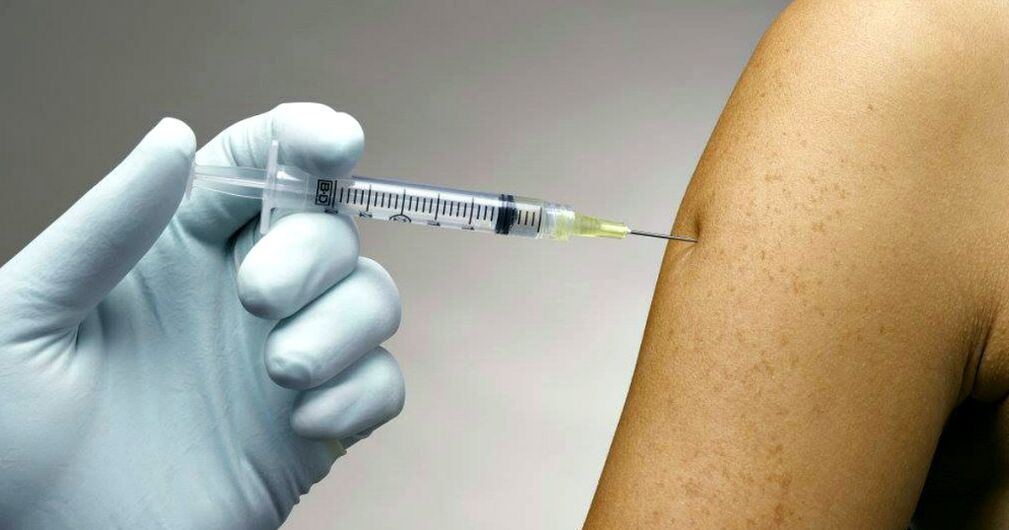
Human papillomavirus (HPV) affects epithelial cells and has a particle diameter of 55 nm. Symptoms include the spread of epidermis, as well as mucous membranes. In the early stages, the bacterium usually affects the basal cells of the epithelium and enters them through microcurrents. Local papillomas usually appear on the skin of the neck, armpits, groin and genitals (most often), mucous membranes of the mouth and nasal congestion.
This virus can be asymptomatic for many years. Electron microscopy or molecular mixing methods are used to diagnose HPV.
Types of human papillomavirus
In humans, HPV is diagnosed and affects the mucous membranes and skin. Among the large number of papillomaviruses, there are species with low and high carcinogenic risk. Carcinogenic properties have been shown to be linked to the ability to integrate DNA into the human genome.
The virus is active in 10-20% of cases. Depending on its type, this can lead to benign or malignant damage. Some HPVs are not carcinogenic. They cause warts and genital warts to appear. The most common are HPV 6 and 11.
HPV cancers are those that are at high risk of getting cancerous lesions, especially on the cervix or anus. For skin, HPV 16 and 18 are more common, as are HPV 5 and 8, which can lead to skin cancer. The most well-known cancer caused by HPV is cervical cancer. But men can also be infected with the papilloma virus, which in the worst cases causes cancer of the penis or anus.
Women are often faced with HPV 16 - this is a form in which parasites are seen, it is outside the cell chromosome (benign). HPV 18 is characterized by a high risk of getting cancer treatment - firstly, benign tumors form, which after a while develop into cancer. Virions in this case are tiny (up to 30 nm).
Various types of HPV infections lead to:
- tumors of the cervix;
- invasive or pre-invasive oncology;
- genital warts in the urinary tract and genitals.
Intake of the bacterium into the body does not always lead to disease. It all depends on predictable factors: increased sexual activity, vitamin deficiency, pregnancy, hypothermia, endometriosis, smoking, alcohol consumption and more. fl. It should be noted that a viral infection can occur even in an organism with a good immune system.
Properties of infection
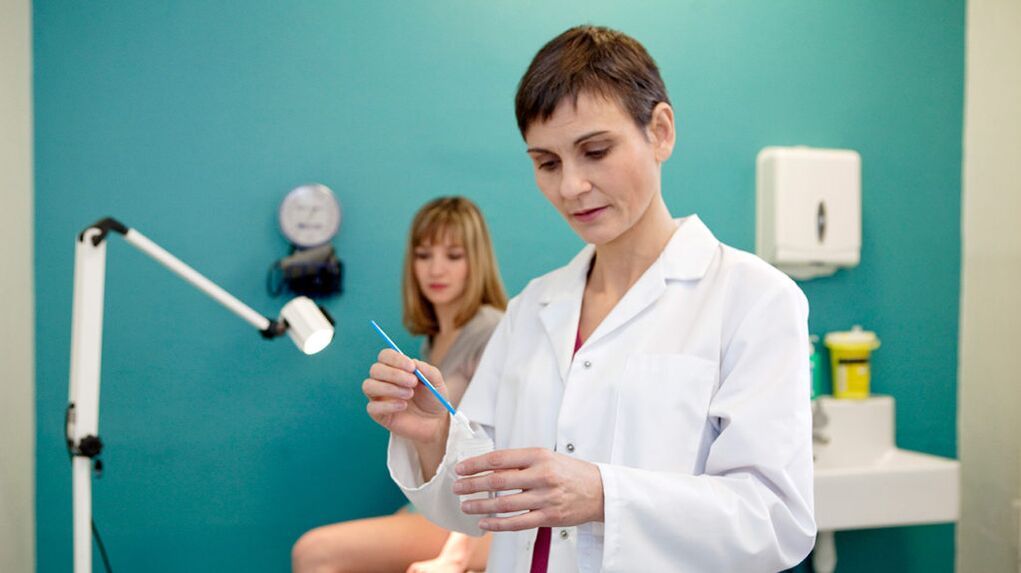
The human papillomavirus is highly contagious. It is usually transmitted by direct contact, skin to skin or mucous membranes to mucous membranes, with an infected person. In genital infections, this usually occurs during vaginal or oral sex. A large number of sexual partners or other sexually transmitted diseases (sexually transmitted infections) increase the risk. Indirect transmission through objects, contaminated clothing or bedding is also possible but rarely occurs.
In 7% of cases, the transmission of the virus from mother to child can occur during childbirth when the infection is active. The risk increases to 40% if you are infected with HPV 16 or 18.
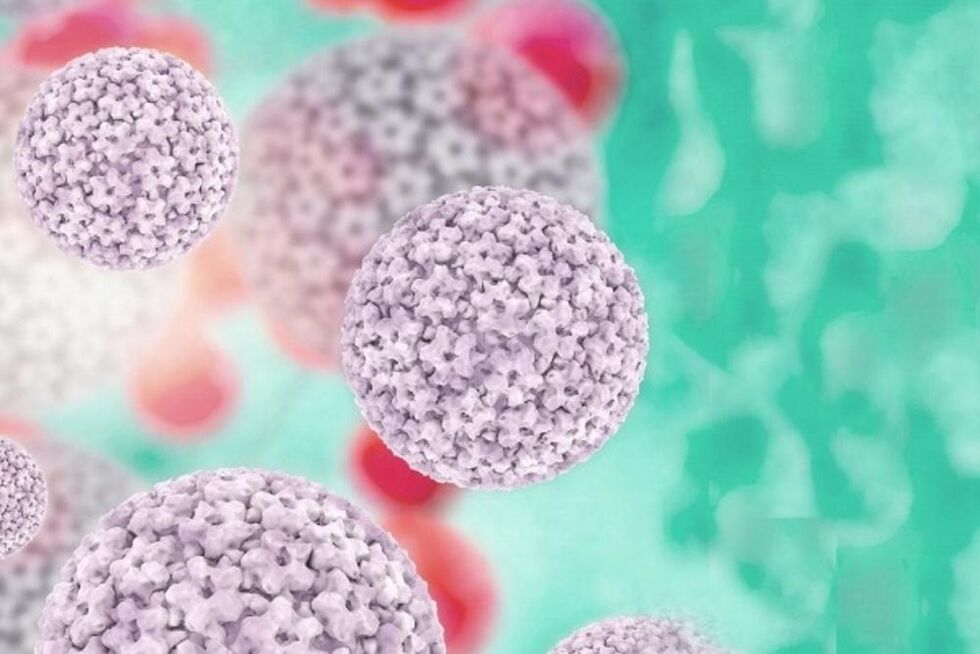
By entering the epithelial tissue, violating integrity, papillomavirus infection promotes the growth of the lower layer of epithelial cells in the form of warts or warts. This form of the disease is contagious and spreads rapidly to others. As a rule, warts and condyloma do not cause metastases and often go away on their own.
HPV symptoms
The breeding period lasts up to 9 months (average 3 months). HPV can be present in the body without obvious symptoms. The virus can go undiagnosed for months or years. Even at this stage it is contagious.
Nipples usually appear in clusters and increase with scratches. The two most common types of papilloma are either grayish, hard, raised with a broken surface (common wart) or smooth and red (flat warts). Stinging warts are found on the soles of the feet or on the heels, grow inwards and are therefore often painful.
The causes of genital warts occur on moist and hot body parts, therefore they are located in folds and on the mucous membranes. They can cause symptoms such as itching or burning. The incubation period, that is the time from infection to the onset of symptoms, on the genital warts ranges from 3 weeks to 8 months.
There are several types of genital warts caused by different pathogens:
- Genital warts. Pale or reddish nodules that often appear in clusters and appear on the jaws, vagina, penis, urethra, rectum and rectum. They are highly contagious.
- Flat warts. They appear in the form of flat nodules and are found mainly on the female genitals. They increase the risk of getting cancer.
- Giant warts (Buschke-Levenshtein tumors). They grow into massive formations and destroy the surrounding web. In rare cases, they can deteriorate and lead to squamous cell carcinoma.

Upper respiratory tract mucosal infection is also possible. Conjunctivitis in the eyes can have an effect, which can lead to pink stem growth. It is more difficult to diagnose asymptomatic gait, which the doctor can only see with the help of aids, such as acetic acid (which causes discoloration of the warts) or a microscope.
In addition, the virus can also take up residence in cells without tissue changes. Then they talk about a latent infection, that is, germs, but without symptoms. After infection, this phase can last from a few weeks to several months.
Possible consequences
When infected, viruses infiltrate cells into the skin and mucous membranes of the skin, settle to the nucleus and multiply there. Such HPV infections usually go unnoticed and heal on their own without any consequences, as the immune system successfully fights successfully.
However, some of the HPV types create skin changes, e. g. e. interest. Possible forms include genital warts or warts and papillomas, which can affect, for example, the face, arms or legs.
The tissue changes that are caused are mostly benign but can also degenerate and lead to cancer. For example, cancer can occur decades after HPV infection. Cancer of the external genitalia (vaginal and vaginal cancers), rectal cancers, cancers of the penis and cancers of the mouth and throat (tumors of the head and neck) are also possible.
To establish a diagnosis

Testing for HPV infection is performed in women as part of preventive visits to a gynecologist. In a gynecological examination, a sponge is removed from the lining of the cervix, this is called the Papanicolaou test (cell distribution). The resulting material is examined for tissue changes to determine the conditions for cancer.
Alternatively, an HPV test can be performed by testing cells from a mucosal tissue or tissue sample in a laboratory for specific viruses. However, this only makes it possible to prove infection in the affected area, but not to state whether tissue changes have occurred. Thus, an HPV test makes sense, especially when used with a Pap test, and can help diagnose cancer precursors at an early stage.
If the test is positive, this is still not a concern as infection does not always lead to cancer. Regular inspections are recommended to detect early stage web changes. On the other hand, a negative test result does not allow us to confirm whether an infection has been in the past that the body has successfully fought.
In men, there is no preventive test as the test would be performed regularly. If a similar cancer is present, a tumor test can determine if HPV infection is the root of the cancer.
Specialized DNA technology is also used in laboratory analysis, such as real-time PCR. Non-congenital warts caused by HPV types 6 and 11 can be easily detected by pelvic examination.
How to cure human papillomavirus
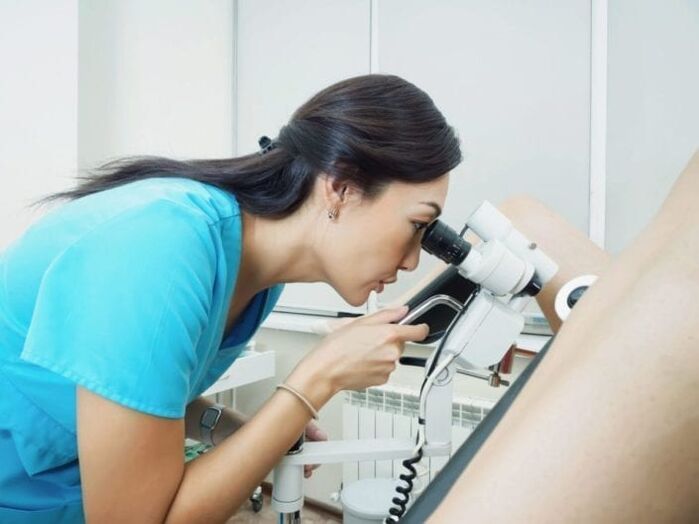
In most cases, the disease does not need treatment because it disappears on its own and then the viruses are no longer detected. However, if this is not the case, the infection can last longer and last for months or years.
To date, there are no systemic effects on this virus, as it could be completely eradicated. However, the number of viruses is reduced by treating the warts that form, so that in many cases the immune system can fight against other viruses and get rid of them. In some cases, germs survive and can cause symptoms over and over again.
Treatment methods depend on the type of HPV and the associated picture of the disease:
- Plants and genital warts can be treated with topical salicylic acid mixtures.
- Cryotherapy is also a method that is often used for HPV. In this case, the wart is burned with cold, using liquid nitrogen.
- Laser or electricity are equivalent methods.
As the incidence of relapses is quite high, it is advisable to check yourself regularly and use condoms even a few months after the wounds disappear, so that the sexual partner does not become infected.
For HPV cancer, treatment is much more difficult. In cervical cancer, it is often advisable to remove the uterus, respectively, the upper part of the vagina and the ovaries. This can be improved with radiation therapy to rule out the possibility of relapse. Other cancers caused by HPV are usually treated with targeted treatment, such as radiation or chemotherapy.
It should be borne in mind that the operation is not a cardinal solution, but only solves cosmetic problems, because after the virus has been removed, the virus can remain in the surrounding tissue and warts can reappear.
Prevention of infection
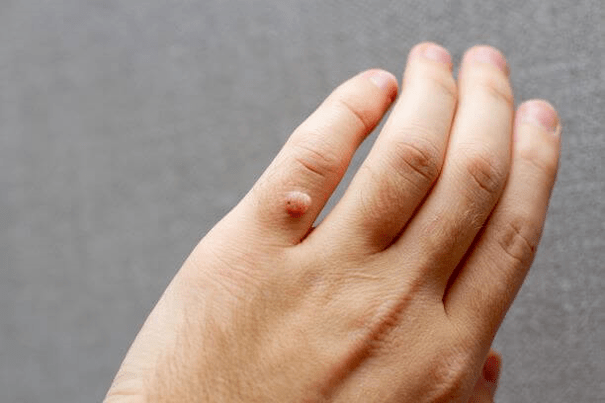
There are two vaccinations: bipolar HPV 16 and 18 and quadruple HPV 6, 11, 16 and 18. Vaccination is recommended for all young girls 14 years of age and older.
Vaccination does not protect against all types of HPV. Therefore, all women between the ages of 25 and 65, even if they are vaccinated, are advised to take regular lubrication tests.
Timely detection and complete removal of the genital warts reduces the risk of disease. The effectiveness of using condoms to prevent infection can significantly reduce the risk of getting this condition. The most promising method of preventing and treating the early stages of the disease caused by this infection is a special multidrug vaccine.















































































